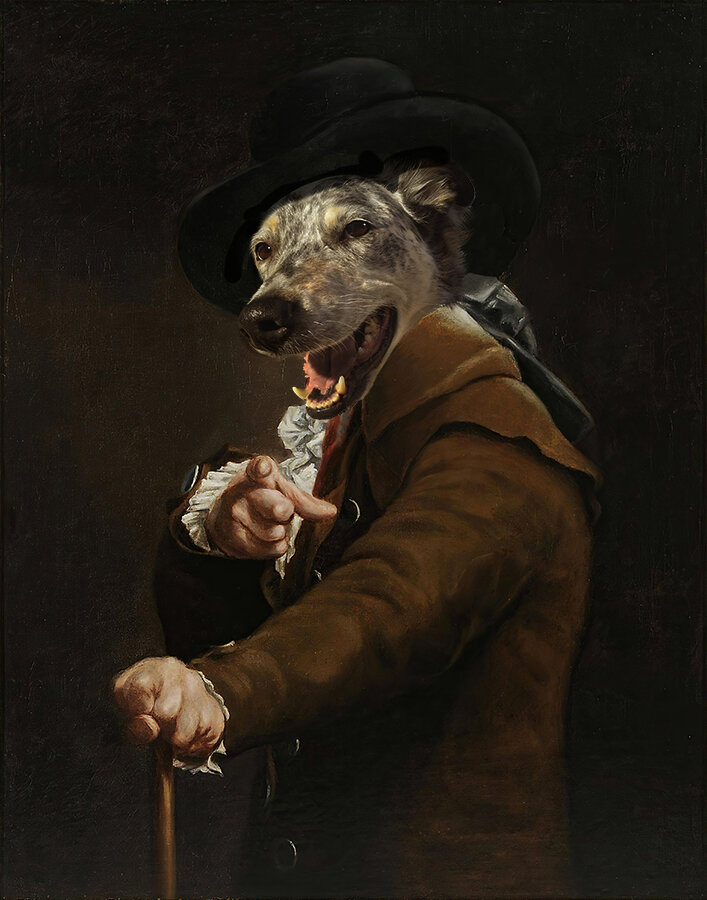to the right of the shorter falls.
The falls get the best light during the dreaded hours of landscape and wildlife photography, so if you are back from a morning run out unto the dunes, it is a perfect time to come and photograph the falls. The light shines in around 11am, but this time will change depending on the time of year. The top of the falls has light on it the longest, while light will shine into the chasm itself briefly, shifting where it is hitting due to the shifts in the rock and winding nature of stream. You can extend the hike by following the trail that leads up to Zapata Lake (a nasty little hike if I may say so) but cutting off to down behind the falls. Again with a bit of unwise scrambling you can bring yourself onto a wide table up behind the falls.
I prefer to visit the falls in late summer or autumn, it makes them easier to navigate than during the spring thaw when the water can be rather high and very swift. They freeze completely over during the winter, but usually maintains a slow internal trickle. The first part before the chasm can be tricky during this time if someone has not cut footholds to get up them and you are without some sort of traction aid, but it can still be managed with some care. Sometimes the falls will get rather chewed up in the winter by ice climbers practicing their skills upon it, so earlier the better once they have frozen.
For more photos of the area, refer to:
my flickr


































